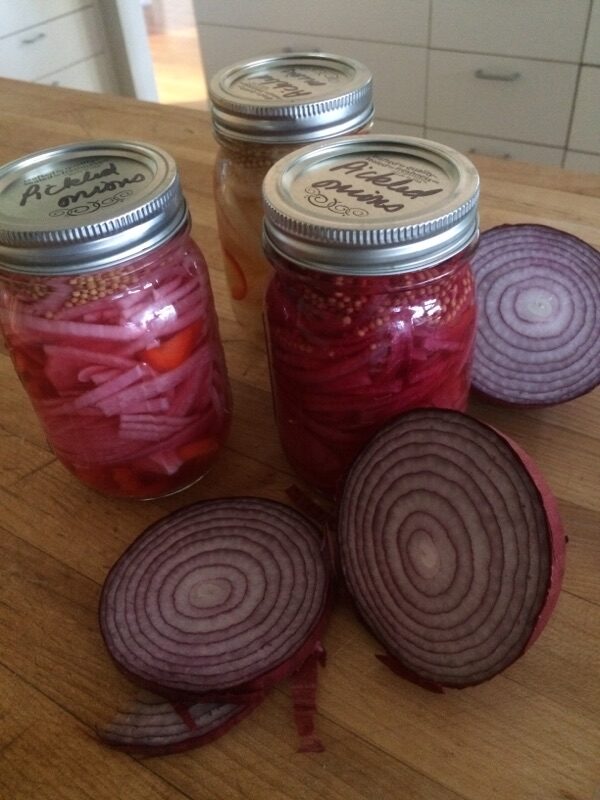In today’s fast-paced world, where health concerns like cancer, arthritis, and diabetes are on the rise, the adage “you are what you eat” has never been more relevant.
According to Grace O, founder of FoodTrients.com – which works to educate others about combating common degenerative and age-related diseases, the key to disease prevention lies in what you put on your plate.
“There’s a wealth of research indicating that the foods you eat can make a significant difference in disease management,” says Grace. “Your diet isn’t just about fueling your body—it’s about protecting it.”
Steps to Fight or Prevent Disease:
Adopt a Healthy Dietary Pattern: The first step towards disease prevention is minimizing highly processed foods. Instead, focus on a sustainable, balanced diet that includes a variety of nutrient-rich foods. Remember, good health isn’t reliant on any one food but on a diverse range of foods with different beneficial properties.
Create a Healthy Plate: Today’s healthy plate has evolved beyond the USDA food pyramid. It consists of half fruits and vegetables, modest portions of high-fiber whole grains, lean proteins, and smaller quantities of healthy fats. This balanced approach supports overall well-being.
Embrace a Plant-Based Diet: Journalist and author Michael Pollan offers simple advice: “Eat food. Not too much. Mostly plants.” A plant-based diet, which limits or excludes animal products, is proven to reduce inflammation in the body and lower the risk of chronic diseases.
Explore the Mediterranean Diet: For those who prefer not to “diet,” the Mediterranean approach offers a flavorful, adaptable option. Heavy on fruits, vegetables, lean proteins, and whole grains, this diet has been linked to a decreased incidence of chronic diseases.
Consider the DASH Diet: Specifically designed for those with high blood pressure, the Dietary Approach to Stop Hypertension (DASH) focuses on fruits, vegetables, whole grains, lean protein, and low-fat dairy while reducing salt intake. This plan is effective in reducing blood pressure and promoting heart health.
Top Disease-Fighting Foods:
No matter which dietary plan you choose, incorporating these disease-fighting foods can help minimize your risk of chronic diseases:
Black Tea: Enhances circulation, may lower triglycerides and bad cholesterol, and could even inhibit the rapid multiplication of cancer cells.
Brown, Red, or Black Rice: These high-fiber rice varieties contain cholesterol-lowering compounds and unique antioxidants that support digestive health and reduce chronic inflammation.
Legumes: Beans, peas, and lentils are rich in plant-based, high-fiber protein, which can improve blood sugar levels and decrease the risk of diabetes, cardiovascular disease, and some cancers.
Leafy Greens: Collard greens, kale, and Swiss chard are packed with fiber and antioxidants, reducing inflammation and supporting eye health.
Olives and Extra Virgin Olive Oil: A great source of vitamin E and antioxidants, these foods protect against cancer-causing free radicals.
Salmon or other sources of omega-3 fatty acids: This fatty fish is rich in omega-3 fatty acids, which support cognitive function and reduce inflammation, promoting heart health (walnuts, flaxseeds, algae, seaweed and other plant sources are also rich in omega-3s.
Walnuts: High in phytonutrients, walnuts are anti-inflammatory and may help prevent chronic diseases like cardiovascular disease and certain cancers.
“It’s easier than you think to eat well and protect your health,” says Grace. Her three cookbooks are packed with recipes that not only taste great but also help fight and prevent disease.
The recipe below, a healthful take on quesadillas, is from Grace’s most recent cookbook, Anti-Aging Dishes from Around the World.
Blue Zone Vegetable Quesadillas
Yields 2 quesadillas
Gluten-Free and Vegetarian
Quesadillas have a reputation for being unhealthy. It’s true that they can be very high in fat and calories, but it’s possible to lighten up this classic dish. Cheese is still required to hold the tortillas together, but now you can get creative by adding high-fiber protein and antioxidant-rich vegetables for more nutrients. The longevity Blue Zone of Loma Linda, California, with its high population of vegetarian Seventh-day Adventists, inspired this recipe. Spinach and beans create a heartier and more filling base, while spicy salsa adds flavor and texture. I like to top these quesadillas with my Aztec Chipotle Salsa and my Guacamole with Pomegranate Seeds.
Benefits
Pinto beans contain protein, fiber, tissue-repairing lysine, bone-building calcium, oxygen-transporting iron, skin-loving zinc, and vitamin B-6, which the body needs to produce energy. Spinach provides protein, iron, and fiber as well. It also contains cancer-fighting isothiocyanates.
Ingredients
Olive oil spray to coat
4 (6-inch) corn tortillas
1 cup shredded cheese (Mexican blend or Jack or vegan cheese options), divided
1 cup vegetarian refried beans, divided
1 cup roughly chopped fresh spinach, divided
Procedure
1. Coat a skillet lightly with the spray and warm over medium heat. Place 1 tortilla in the pan.
2. Top with ¼ cup cheese, ½ cup refried beans, and ½ cup spinach.
3. Top the mixture with ¼ cup of additional cheese and another tortilla.
4. Press the top tortilla down lightly, then cook for 2–3 minutes on each side or until the quesadilla is golden brown and the cheese has melted.
5. Move the quesadilla to a cutting board and cut into quarters.
6. Repeat to make the remaining quesadilla. Serve hot with your choice of salsa and guacamole.
The recipe and photo are reprinted with permission of http://www.FoodTrients.com

















